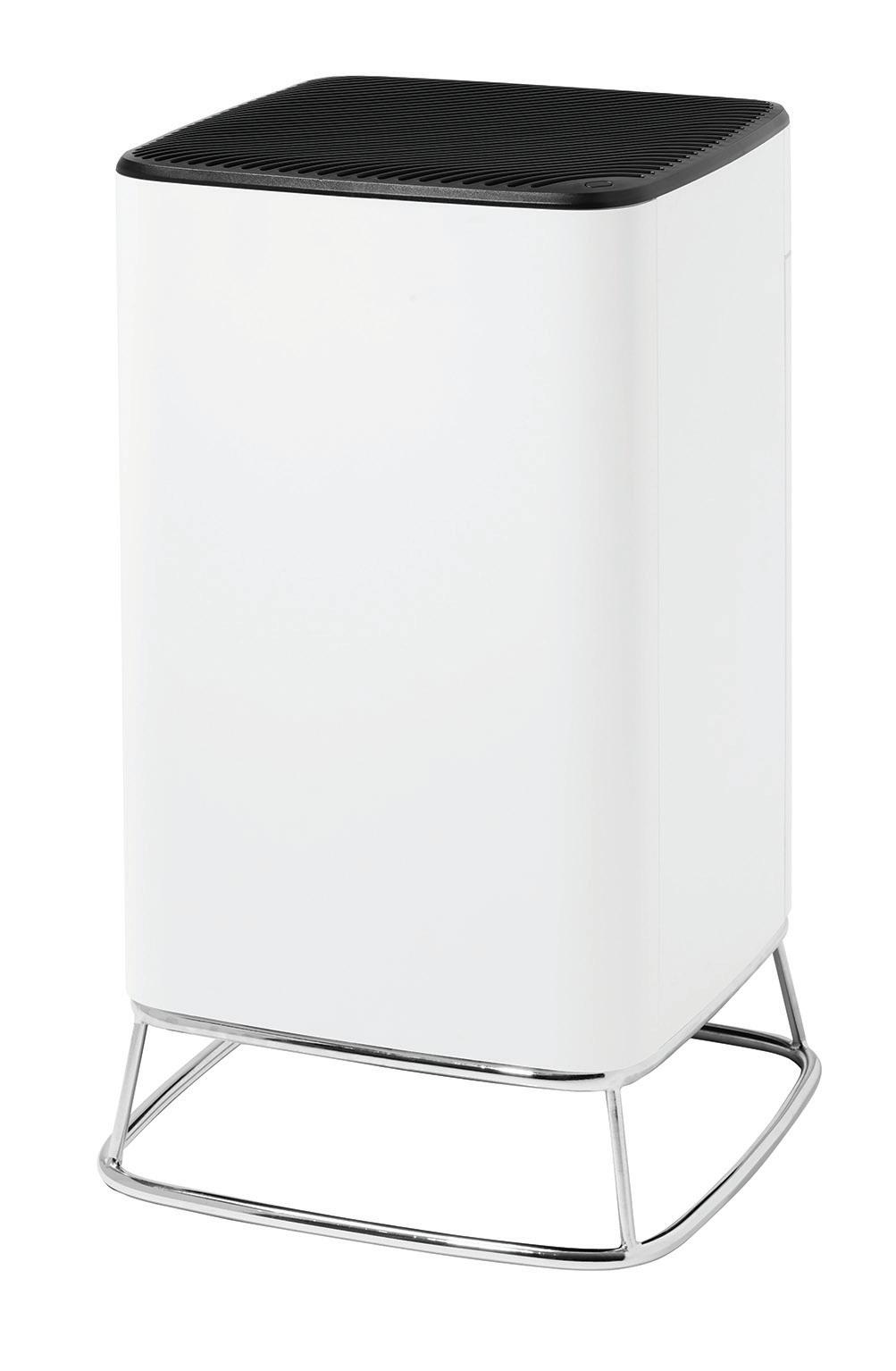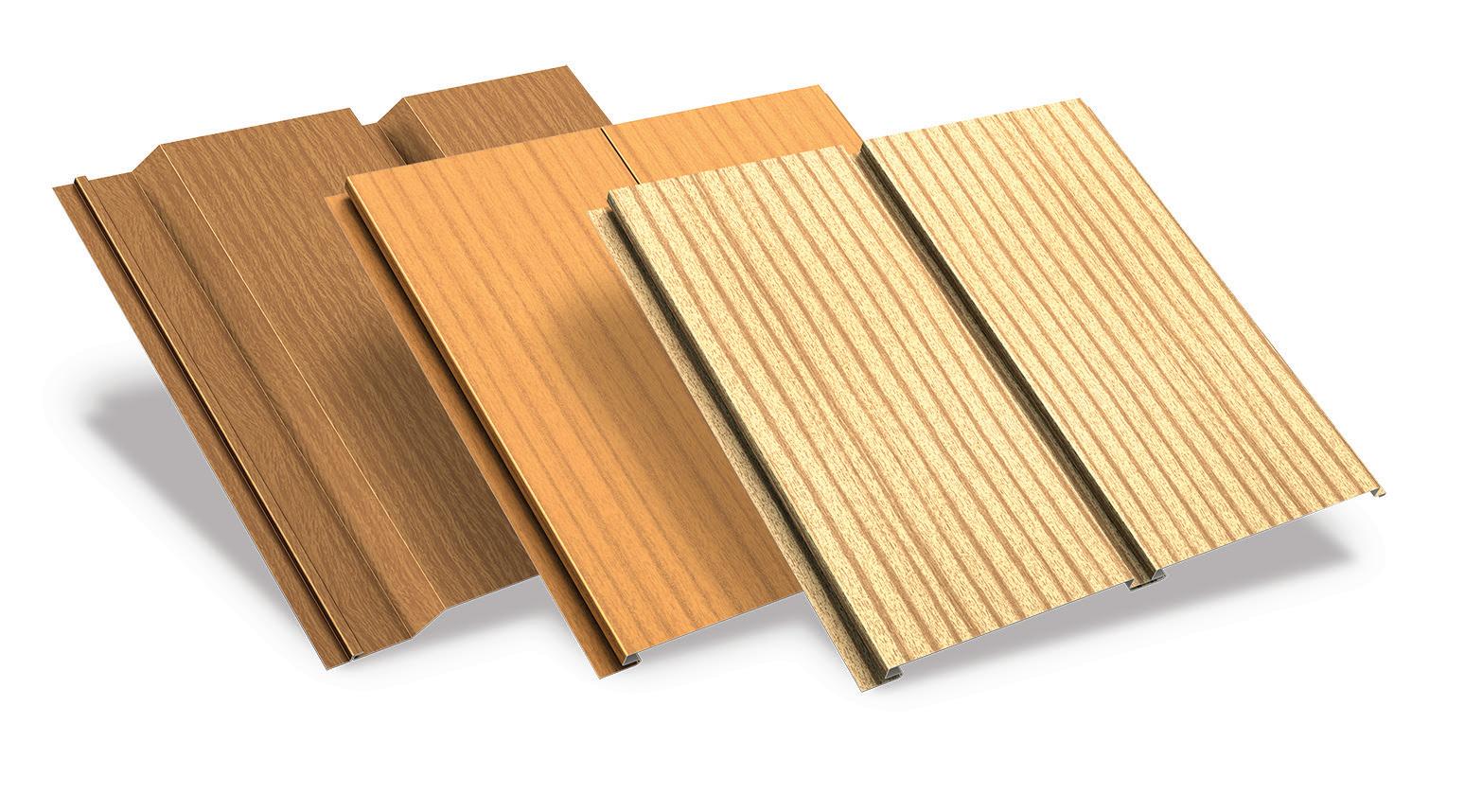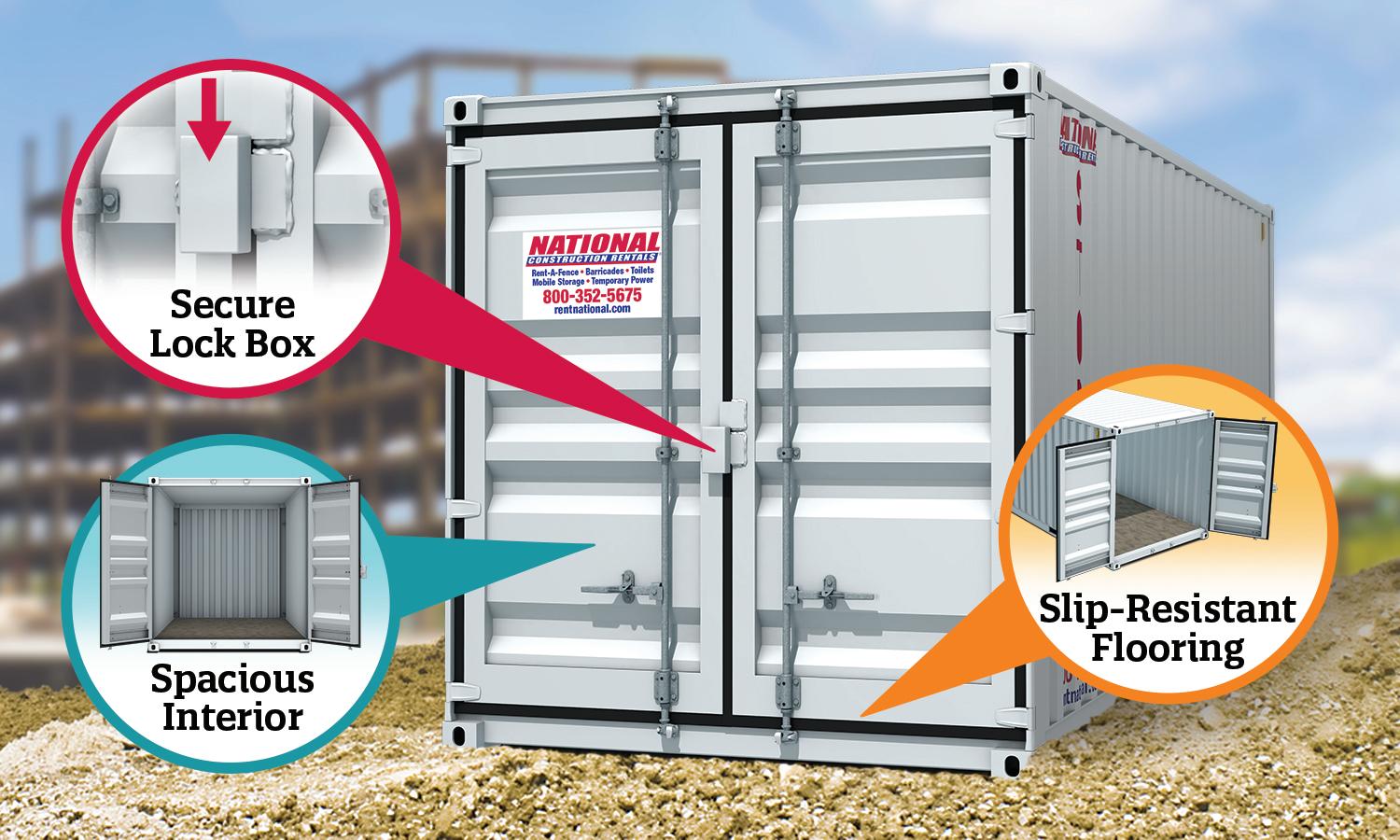
4 minute read
Thousands of California Buildings Need Earthquake Upgrades
By John D. Lesak
Recent construction projects focused on seismic performance improvements are making headlines. Many of them are for buildings generally considered recent, such as modernist architectural works from the middle of the last century — the 1960s and 1970s, for example, which produced many beautiful buildings with structures made of reinforced concrete. Many of them perform poorly, however, with brittleness in their columns and joints.
Called “non-ductile reinforced concrete,” these structures face requirements for professional review and possible minimum retrofitting within a specific, mandated timeframe. These rules are on the books in Los Angeles as well as surrounding jurisdictions including Long Beach, Santa Monica and West Hollywood. They are valuable, too, reflecting critical safety concerns learned from hard lessons after the 1989 Loma Prieta and 1994 Northridge earthquakes.
Other municipalities are requiring reviews and retrofits of low-rise, wood frame buildings with open, poorly braced ground floors designed to accommodate parking, retail storefronts, or retracting overhead doors. In San Francisco and San Jose, and in surrounding cities from Alameda to Richmond, seismic ordinances are swiftly addressing these “soft story” structures. Expect more mandates, too. New ordinances have been enacted outside of California in far-flung states or localities from Oregon to South Carolina to New York.
For the buildings with non-ductile concrete, new California rules include the Non-ductile Concrete Retrofit Program in Los Angeles. Property owners have three years to respond with a checklist showing whether they have a non-ductile concrete building, and 10 years to “submit proof of previous retrofit, or plans to retrofit or plans to
(Continued on the next page) demolish building.” The construction itself could run up to 25 years — not exactly a fire drill.
Construction teams and their clients are learning a lot from these projects. Most important is the lesson that it’s better to undertake a voluntary seismic retrofit, as soon as possible, rather than awaiting a mandatory cure from authorities having jurisdiction.
Put another way: It’s better to act now, and act fast, than to wait for building officials to show up at your door.
In fact, savvy building owners are racing to upgrade and preserve some of the country’s most iconic modernist buildings by bracing them with inconspicuous, thoughtfully designed seismic strengthening. Many of these concrete buildings were completed prior to the mid-1970s, and their beams and columns are inadequate to ensure public safety during and after tremors. These include historically important midcentury buildings of considerable size in city centers and on college campuses.
Examples include two UCLA buildings, the 1929 Powell Library and the recently renovated Pritzker Hall, where clever and unobtrusive retrofits help stabilize and preserve these iconic buildings. The latter modernist structure, completed in 1967 and designed by celebrated architect Paul Revere Williams, achieves the seismic performance required by the University of California system by adding viscous dampers in key locations. Conceived by KPFF with the lead architect CO Architects — Page & Turnbull served as preservation architect — the project cleverly reduces seismic demand by means of a phased and unobtrusive approach.
Construction crews on an iconic, 13-story midcentury landmark in Hollywood, which opened in 1956, have taken advantage of reduced occupancy during the Covid pandemic to jump-start their successful seismic retrofit. In another example in nearby Riverside, Calif., Page & Turnbull designed a new second-floor opening in a vacant 1964 library to create The Cheech Marin Center for Chicano Art & Culture. The second-floor slab opening is sized specifically to creatively address seismic performance and enhance safety at a reasonable cost.
As we proceed, we’re learning more about seismic retrofits for modern concrete structures. The Non-Ductile Reinforced Concrete Ordinance in Los Angeles, passed in October 2015, has been written so that building owners are allowed to avoid other code-mandated upgrades to prioritize public safety through seismic performance. Project teams are finding that the seismic retrofits can be highly intrusive, however, affecting many other building systems including electrical and plumbing, for example. In the end, work scopes are growing to address more needed improvements simultaneously.
Seismic upgrades are essential, no doubt. And this is one of the rare cases where the government is asking building owners to bring their properties in line with codes written long after these structures were originally approved. Moving quickly to get an engineering study and to plot out a long-term approach for a smart retrofit is more important than ever.
For those who are wondering, there are lots of non-ductile concrete out there in our existing building stock. Anything built through 1979 should be reviewed for potential inadequacies. In the end, the goal of the construction community is collapse-prevention during future tremors. In many buildings, the reinforced concrete may be beautifully designed and historic, but it simply isn’t adequate to resist catastrophic failure.
Reliable Controls rigorously engineers its products to minimize their impact on the environment and provide years of dependable, high-performance service. The new RC-FLEXair® is manufactured in an ISO 9001–and 14001–certified facility and features an industryrecognized 5-year warranty.

Made from highly recyclable materials, it also complies with RoHS 3, WEEE, and R2 directives to ensure easy, clean disposal at the end of its useful life. Learn more today at reliablecontrols.com/RCFA
Brio Air Purifier from Agentis Air

The Brio air purifier, from Agentis Air, closes the gap between HVAC systems and healthy indoor air. Brio uses patented technology developed at the University of Washington for in-room air cleaning with no airflow dropoff, near-zero maintenance, and a low cost to own.
Brio does what HEPA can't — removing ultrafine particles (>10nm) without filter clogging, and without an energy penalty. Our advanced design includes a disposable filter and Brio is CARB certified. Find out more at brioairpurifier.com/CA
Enjoy the look of beautiful natural wood with the durability of metal. PAC-CLAD PVDF wood grain finishes are available on all PAC-CLAD wall panel systems. Offered in 16 finish options, these unique finishes appear nearly indistinguishable from natural wood, offering architects and designers ultimate creative flexibility.
For more information and to see examples of these unique finishes, visit PAC-CLAD.com/wood-grain.

Mobile Storage Solutions
Kings III's Emergency Monitoring Reduces Risk and Mitigates Liability Exposure

Elevator malfunctions are inevitable. Entrapments coupled with health emergencies and a wide spectrum of passenger reactions can quickly become an ongoing headache. Kings III helps you reduce risk and mitigate liability exposure via its class leading emergency monitoring for help phones in elevators, stairwells, parking structures and more. Its concierge level service helps you manage tenant experience, while also reducing your risk and liability with value-added benefits not common in the monitoring space.
For more information, visit www.kingsiii.com.
Every project has its own unique challenges, and keeping tools and equipment organized is just one of the many important aspects of a well-managed job site. National Construction Rentals offers mobile storage containers in many sizes, so additional room is never an issue. Whether it’s 10, 20 or 40 feet in length, every unit offers the maximum in usable space.
For additional information, call 800-352-5675 or visit www.rentnational.com today.











